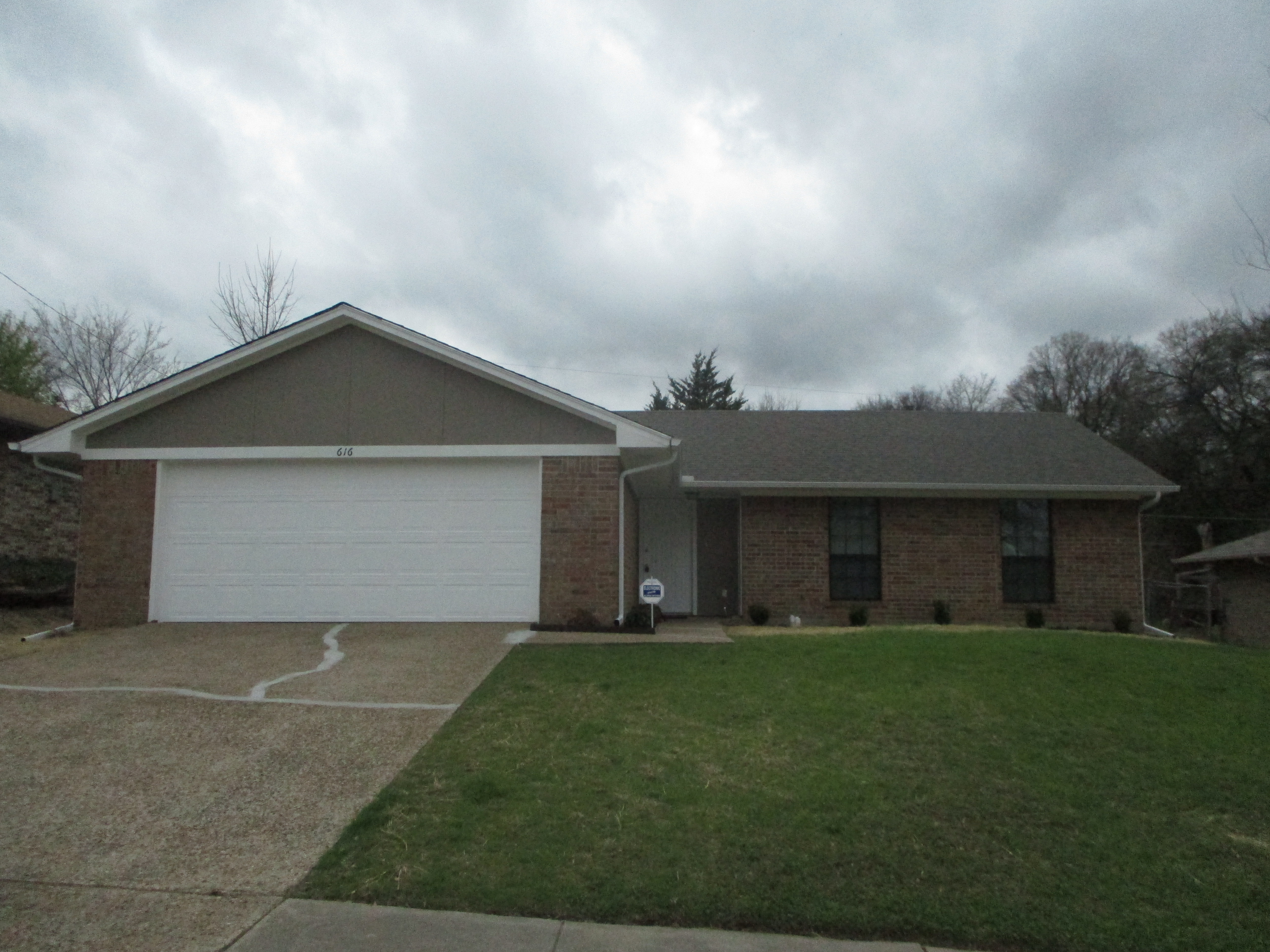 2020 saw the real estate market pivot in some major ways. While the COVID-19 pandemic initially created a slew of fears around the market, it quickly proved not only resilient but bountiful throughout 2020...at least, for some markets.
2020 saw the real estate market pivot in some major ways. While the COVID-19 pandemic initially created a slew of fears around the market, it quickly proved not only resilient but bountiful throughout 2020...at least, for some markets.
Real estate, in some ways, was turned on its head.
Where the heavy-hitter coastal markets suffered, smaller secondary markets and metro areas experienced growth. What we’re seeing is that smaller metropolitan areas like Boise, Cincinnati, Indianapolis, and yes, Memphis have benefited most from the COVID-fueled real estate surge.
Typically speaking, we seem home prices grow the most in coastal markets — Los Angeles, San Francisco, New York City, and the like. Not only are these considered cultural and business meccas of the United States, but inventory was always low and demand was always high. According to the Federal Housing Finance Agency, however, that hasn’t been the case in the past year.
Smaller metropolitan areas like the once named above have seen at least a 10 percent increase in list prices over the last year. The National Association of Realtors points to similar trends — expecting these areas to continue their growth even after pandemic impact wanes.
Why is that the case...and will the trend continue into 2021?
2 Reasons Small and Mid-Size Markets Are Desirable
Remote Work Flexibility
While the option to work remotely may not last indefinitely for some, many companies have decided to adopt an indefinite or permanent work-from-home option for their employees. This includes big-name companies like Neilson, Nationwide Insurance, Square, and Zillow. With cost-cutting in office space, we will likely see this trend continue even after COVID-19 is no longer a social concern.
Naturally, this flexibility has empowered and equipped people to choose where they want to live. No longer are they restrained by commute timelines — or even the same city as their place of work. This has resulted in the documented suburban surge. This is the rising demand we have seen for single-family homes in the suburbs and more rural areas within smaller, less dense markets.
As a result, the South’s Sun Belt and other warmer, more affordable regions are rising in popularity among buyers no longer constrained by their places of work.
More for Your Money
As we’ve discussed in previous articles, the priorities of the American public have gone through a dramatic shift over the past year — particularly where real estate is concerned.
So many of these shifting priorities go back to COVID-19 and how it has reshaped our social and spatial needs. Simply put, we’re looking to get more for our money. These inland secondary and tertiary markets offer that.
Not only are these markets typically more affordable, but there has also been more inventory and less competition from buyers, at least historically. Of course, the want for a more affordable home doesn’t end with the home itself. In these economically trying times, these growing markets offer a lower cost of living that can alleviate some of the financial burden, which, between COVID and a lack of wage growth, has only continued to grow.
Will These Trends Continue?
As the COVID vaccine rollout continues across the country, we will see, in time, if the effects in real estate were a direct response to COVID or indicative of longer-term trends. Still, experts at MarketWatch predict that we’re likely to see a post-pandemic real estate boom.
However, we watch warily to see if certain markets perform as the “hot” options they’re claimed to be now.
In time, we’ll see demand return to New York City and San Francisco. As the cities begin to reopen and this year’s real estate lull drives prices down, there will no doubt be bargains to be found.
We expect Southern markets to fare just fine. Texas markets, Memphis, Huntsville, and other markets in warmer climates benefit from affordability, great weather, and, most importantly, economic and lifestyle diversity.
Ultimately, this will be the true test to see whether or not this new surge of demand will continue in a post-pandemic world. Markets that lack job diversity or amenities to raise the quality of living will likely see their momentum take a turn as COVID fears and restrictions dissipate.
Invest in some of the best up-and-coming real estate markets in the nation.












